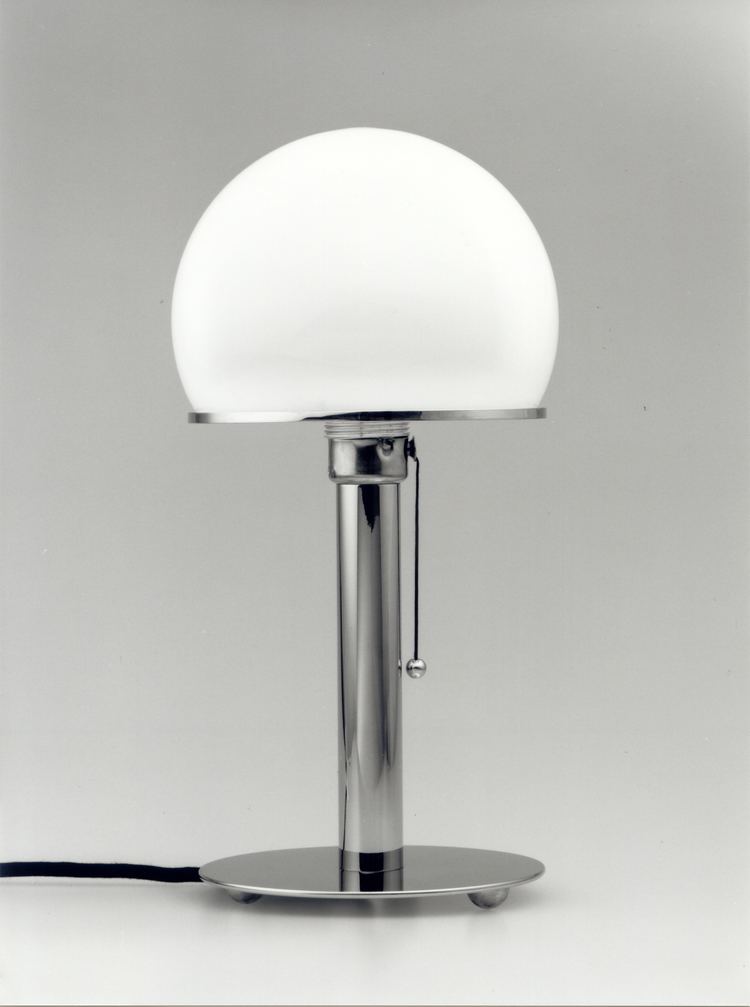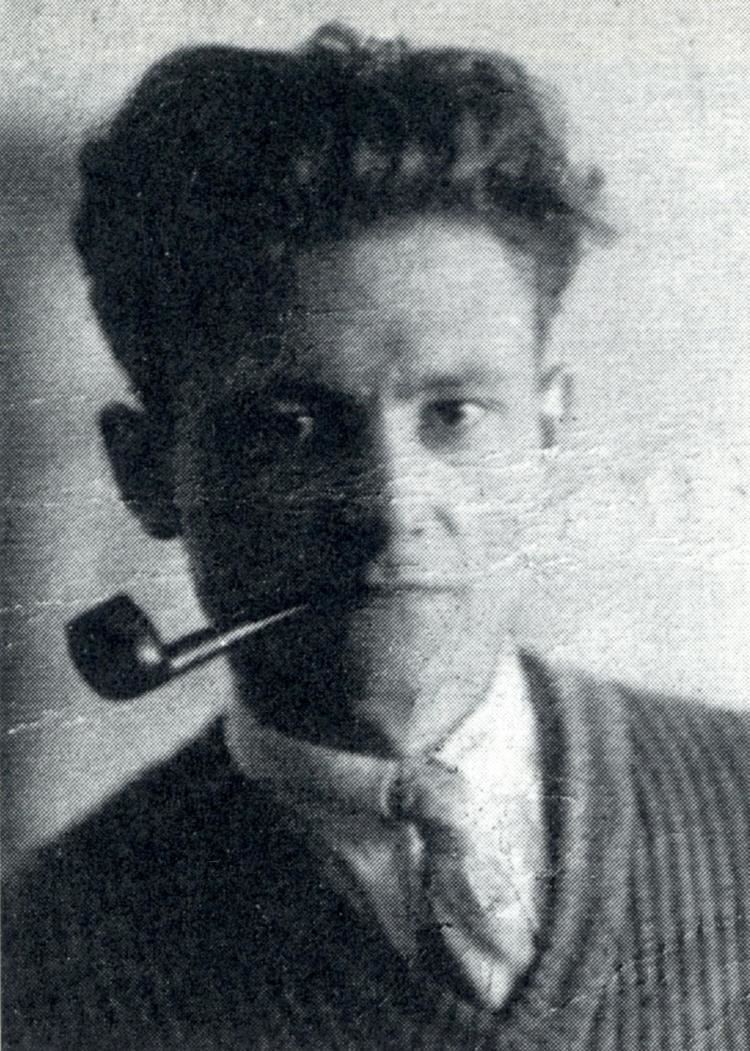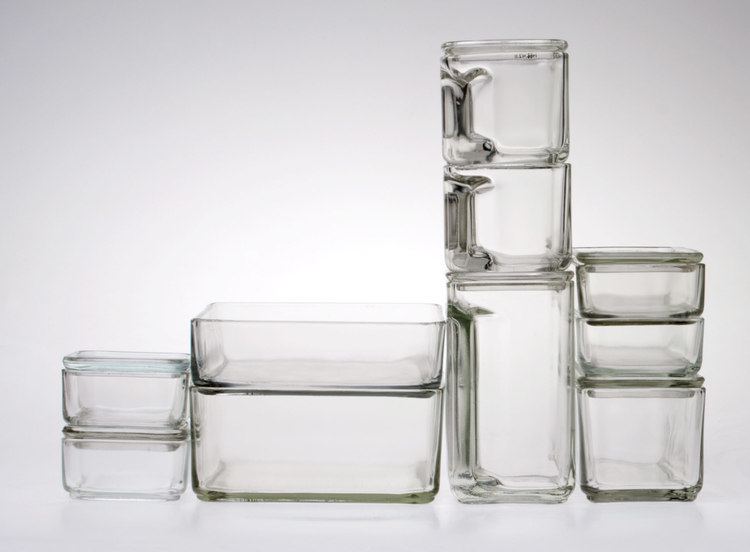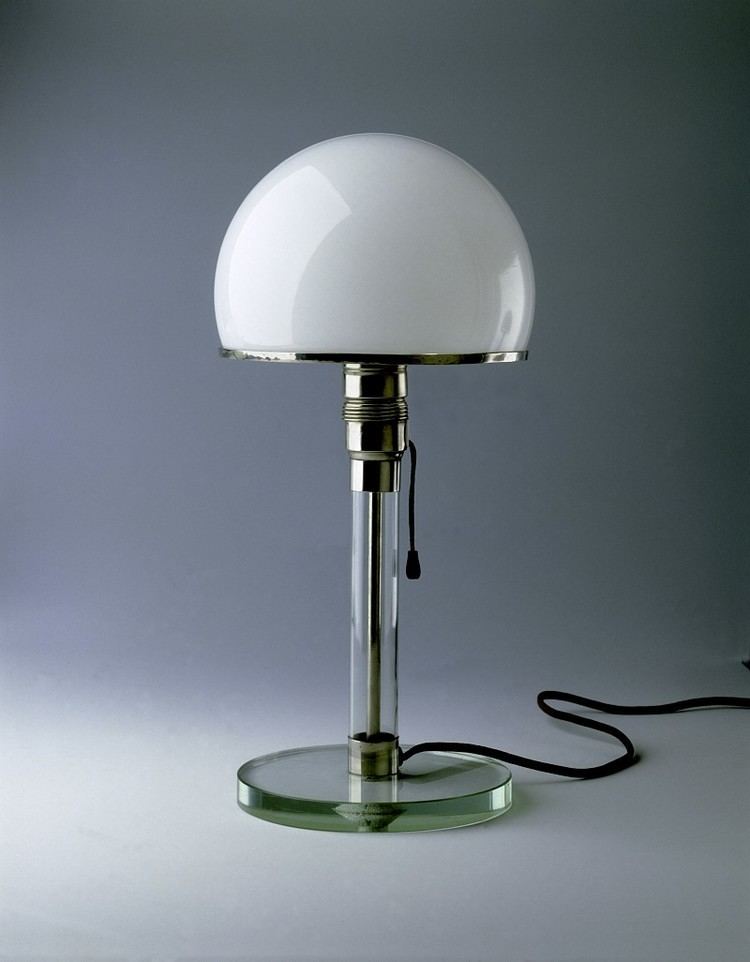Name Wilhelm Wagenfeld Role Industrial designer | ||
 | ||
Children Heinrich Karsten Wagenfeld | ||
Die dinge um uns wilhelm wagenfeld
Wilhelm Wagenfeld (* 15 April 1900, Bremen, Germany — † 28 May 1990, Stuttgart, Germany) was an important German industrial designer and former student of the Bauhaus art school. He designed glass and metal works for the Jenaer Glaswerk Schott & Gen., the Vereinigte Lausitzer Glaswerke in Weißwasser, Rosenthal, Braun GmbH and WMF. Some of his designs are still produced to this day.
Contents
- Die dinge um uns wilhelm wagenfeld
- wilhelm wagenfeld knstlerische mitarbeit in fabrikenmov
- Biography
- Work
- Legacy
- References

wilhelm wagenfeld - künstlerische mitarbeit in fabriken.mov
Biography

Wagenfeld studied at the Bauhaus in Weimar from 1923 to 1925. When the Bauhaus moved to Dessau in 1926 he did not go there to complete his studies, but stayed in Weimar. After completing his journeyman's exams in silversmithing he became an assistant in the metal workshop at the Bauhochschule Weimar.
Work

Wagenfeld believed that everyday household objects should be "cheap enough for the worker and good enough for the rich."

One of his classics is a table lamp, known as Wagenfeld Lampe, 1924, which he designed together with Karl J. Jucker. In cooperation with Charles Crodel his works found their way into exhibitions and museums. Thereto Crodel developed a patented decoration technique for the industrial mass production. His famously stripped-down tea service, designed in 1938 in Hitler's Germany, is still in production.
Legacy

Wagenfeld House, a brief walk from the Kunsthalle Bremen, is a museum dedicated to the work of the Bremen-born Bauhaus designer. It was originally built in 1828 as a neoclassical jail, later used for interrogations by the Gestapo and, until the 1990s, offered crowded accommodation to unsuccessful asylum-seekers awaiting deportation. Wagenfeld House also houses the Design Center, which sponsors symposia and provides a forum for young designers.

There is a design school in Bremen named after him, the Wilhelm-Wagenfeld-Schule.

Wilhelm Wagenfeld's grandson Malte Wagenfeld is senior lecturer and program director for industrial design at the RMIT University in Melbourne, Australia.
